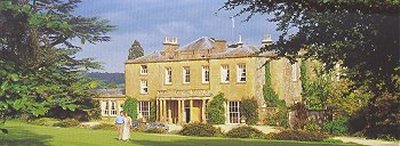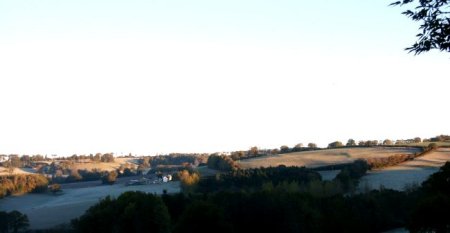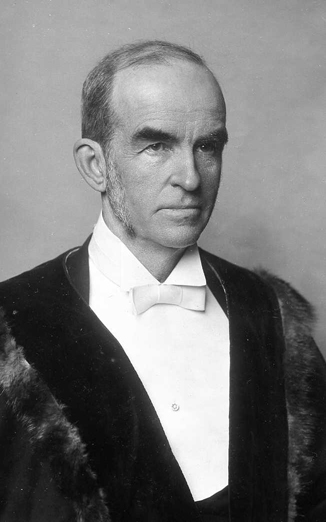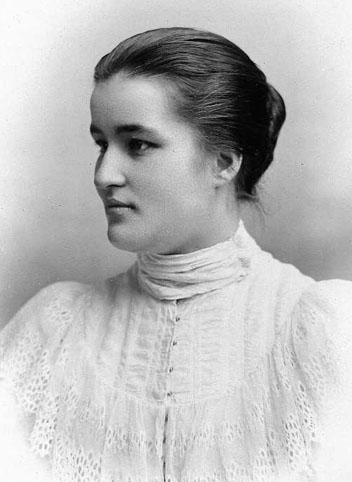|
The Cricket St Thomas Estate 
The Cricket St Thomas estate, originally a manor, included most of the northern part of the parish of Winsham and for generations many Winsham people have lived and worked on the estate. Recent HistoryT he estate was purchased in 1966 by the Taylor family as a 1036-acre property in the early stages of decline. The present manor house was built after a fire in 1820 and was designed by Sir John Soane. There were four farms, 26 cottages, Cricket House with 20acres of gardens and two secondary houses. In 1997 a Wildlife park was opened and has enjoyed up to 350,000 visitors a year for many years.The BBC television programme "To The Manor Born" was filmed on the estate and written by a member of the family. It had over 24 million viewers at its peak. The Grade II listed Georgian manor house was the setting for Grantleigh Manor in the BBC television series "To The Manor Born" aired between 1979 and 1982. The creator, Peter Spence, lived in the village of Cricket St Thomas. Over the years the estate has been a leader in Rural Diversification with the result that the various activities on the estate now employ over 262 people. The estate began retailing milk on the doorstep in 1980 and by 1995 was bottling over 1,000,000 pints per day. It was also at the forefront of the campaign to produce "Real Dairy Ice-cream" under the Cricket St Thomas label. The dairy factory you will see today was sold to Lubborn Cheese in 1999 following the severe decline in the doorstep business and milk prices.250 Friesian cows are milked in a single unit on the farms. This has declined from the 600 cows that were milked on the four farms when dairy production was profitable.
Some 300 acres have now been put under the Stewardship scheme and are grazed by
sheep in an effort to stem the declining agricultural returns. Cricket
House and the Wild Life Park were sold to the Warner Holidays in1998
after being run by the family for nearly 30 years. After a £20 million
development it now houses a 220 bed hotel and leisure
spa for adults only and is 95% full all the year bringing much needed
trade to
the local economy and other leisure businesses in the area. It employs
180 local people.
Earlier history
|
|
Extracts below from 'The Winsham I remember' by W.H. Paull gives an insight into the relationship between the Cricket Estate at the end of the 19th Century and the beginning of the 20th.The book can be read on this web site by clicking here: In those days the estate at Cricket St Thomas gave employment to the whole of the village. In the house itself there were over thirty servants kept. My own father worked for Lord Bridport, and often discussed him with me. He was described as a very hard man, but this was probably a reflection on his position in life. He does however appear to have been a very generous man, and the village hall we have today was given to us by his Lordship on the occasion of Queen Victoria's Jubilee, hence the name. *************************************************************************** After Lord Bridport sold up the estate, and split up the farms, the place then became the residence of the Fry family, the cocoa people, and these were the Lords of the Manor in my time. They were a much respected family, noted Quakers, and very good, and most generous, to the whole of the village. They took a personal interest in everyone who worked on the estate or had any connections with them. They were very much a part of the village, as the war memorial will verify, when among the names you will find Harold Fry, who fought, and died, with the rest of the lads. **************************************************************************** Harold's brother, Geoffrey, became a politician, and was at one time private secretary to Bonar Law. There were several daughters, and they took a very personal interest in the village school. I well remember the youngest daughter, Miss Connie, also Miss Norah, who was later to become Mrs Cooke Hurle, and took a prominent part in local politics. During this period, the Cricket St Thomas estate was like a public park, where you could wander at will, without fear of being stopped, or questioned, and if you happened to meet any of the family they would be delighted to meet you, and ask after your parents, particularly if they worked on the estate, and perhaps enquire as to what the future held for you, but always with kindly interest. My father worked on the estate all his life, and helped carry both Lord Bridport, and Mr F J Fry, to their last resting place. For this service, Mr Fry left my father the sum of Ten Pounds, such was his benevolence. When the Fry family moved away from Cricket, it was a particularly sad day for the village." ***************************************************************************** The big estate at Cricket St Thomas had contracted as it passed down from Lord Bridport to Mr Fry and onto Mr Hall, (my grandfather worked for them all) and many of the farms passed to private hands. The game was still jealously guarded by the game keepers. Mr White, Mr Hart and Mr Bagge come readily to mind, and they were feared almost as much as the village Bobby. For one period he was 'Tiny' Weaver, a giant of a man of 6' 7". |
|
The Fry Family
At the time of
moving to Cricket St. Thomas, Francis Fry had married a second
time, his first wife, Elizabeth Rake, having died in 1877.There were
five children, from this first
marriage,
the
youngest of which, Norah, who would have been
twenty six years old at the time of the move, was the only child
who played at active part in the Winsham community. He married
his second wife, Elizabeth Pass, in 1885. They
had two boys, Alfred Harold and Geoffrey Storrs. Norah Fry was to distinguish herself by her
work in the fields of Mental Health and Learning disabilities.
For fifty years she was to sit on the governing council of
Bristol University, and in 1988 the University named their new
mental health research centre after her. Sadly, Alfred Harold
was killed in the Great War, and his name appears on the Winsham
War Memorial. Geoffrey Storrs went on to become a respected
politician.
|
The estate passed to two other families before being broken up in 1919 and sold off into private hands. The map of the sale indicates that the whole of the northern part of Winsham parish, from Lue Farm and Midnell Farm to the northernmost part of the parish adjoining the A30, including the hamlet of Purtington, was sold. During the latter part of the 20th century the grounds of the house contained a 46-acre wildlife park which today is an important conservation centre.
The manor had its own church, dedicated to St Thomas, first
recorded some 800 years ago with registers going back to the 1560's. The
present parish
church was built in the 19th century. It contains memorials to
members of Hood and Nelson families and has one of the few wooden fonts
in England.
Reviewed: 26th Sept, 2019
Click HERE to return to Site Map
Click HERE to return to Browse Index



